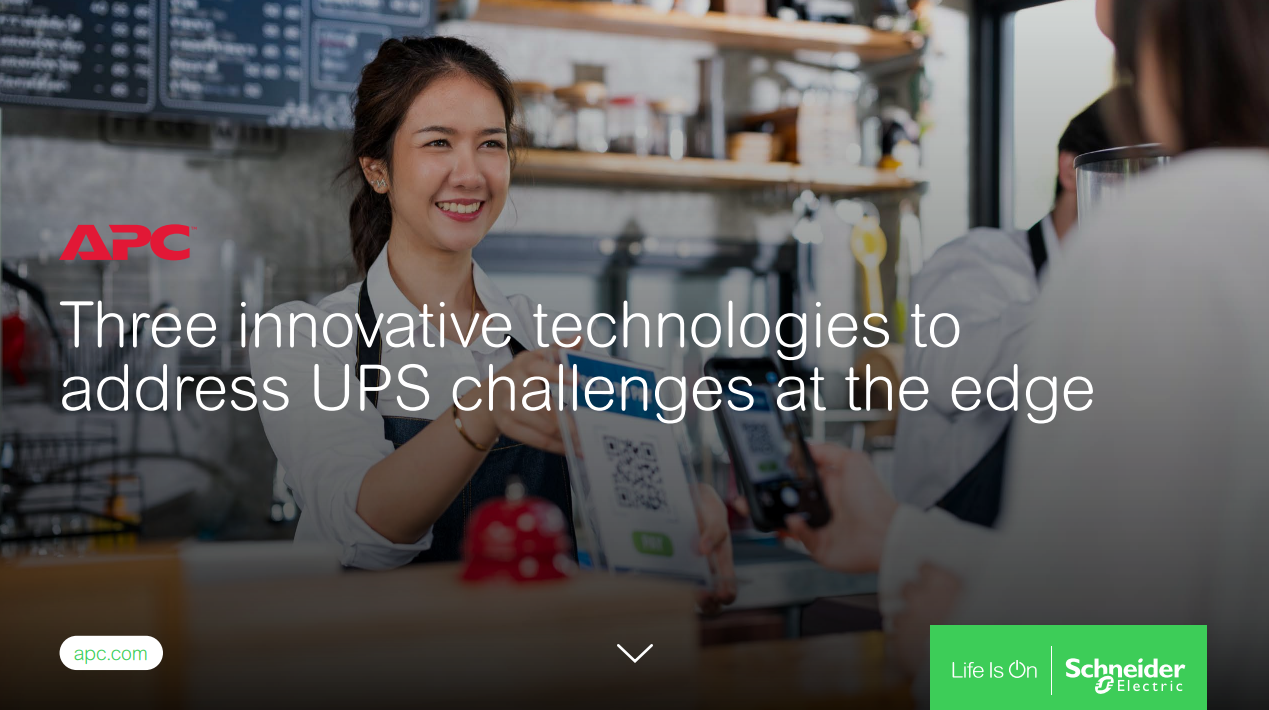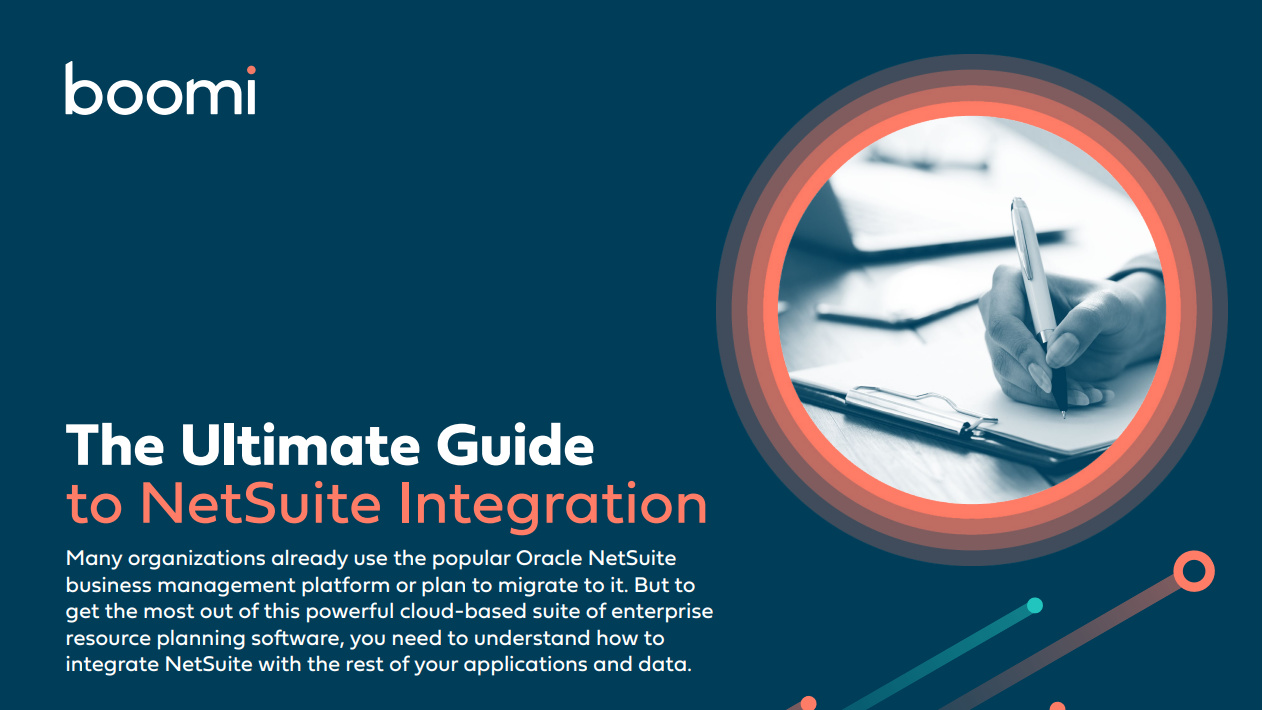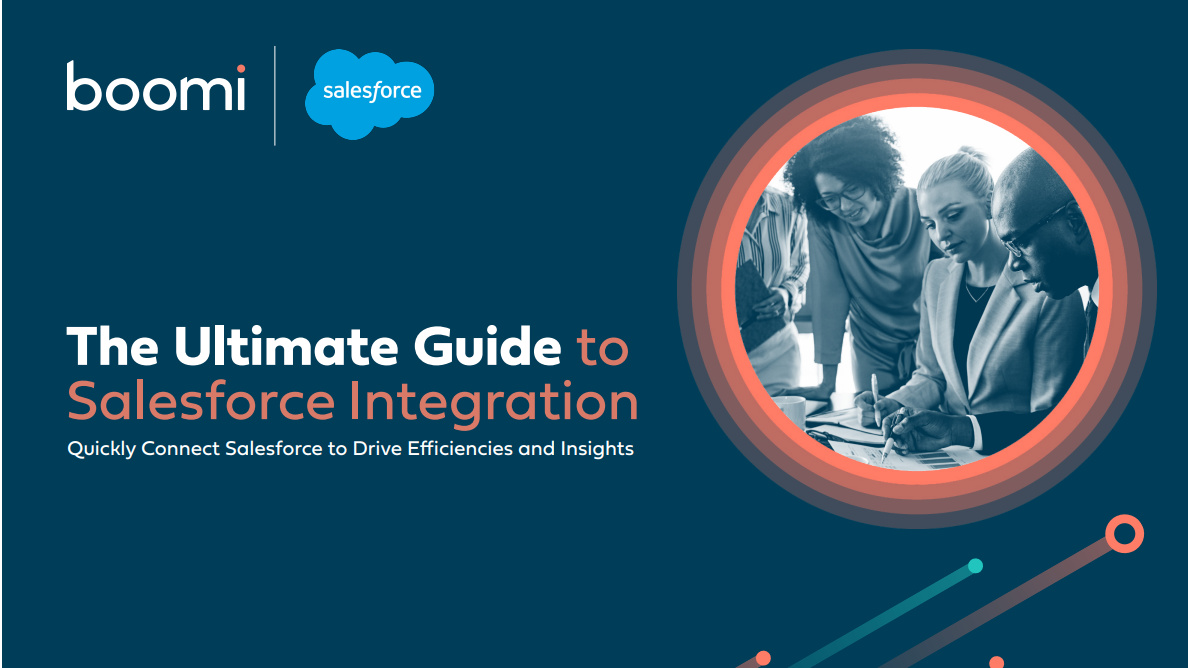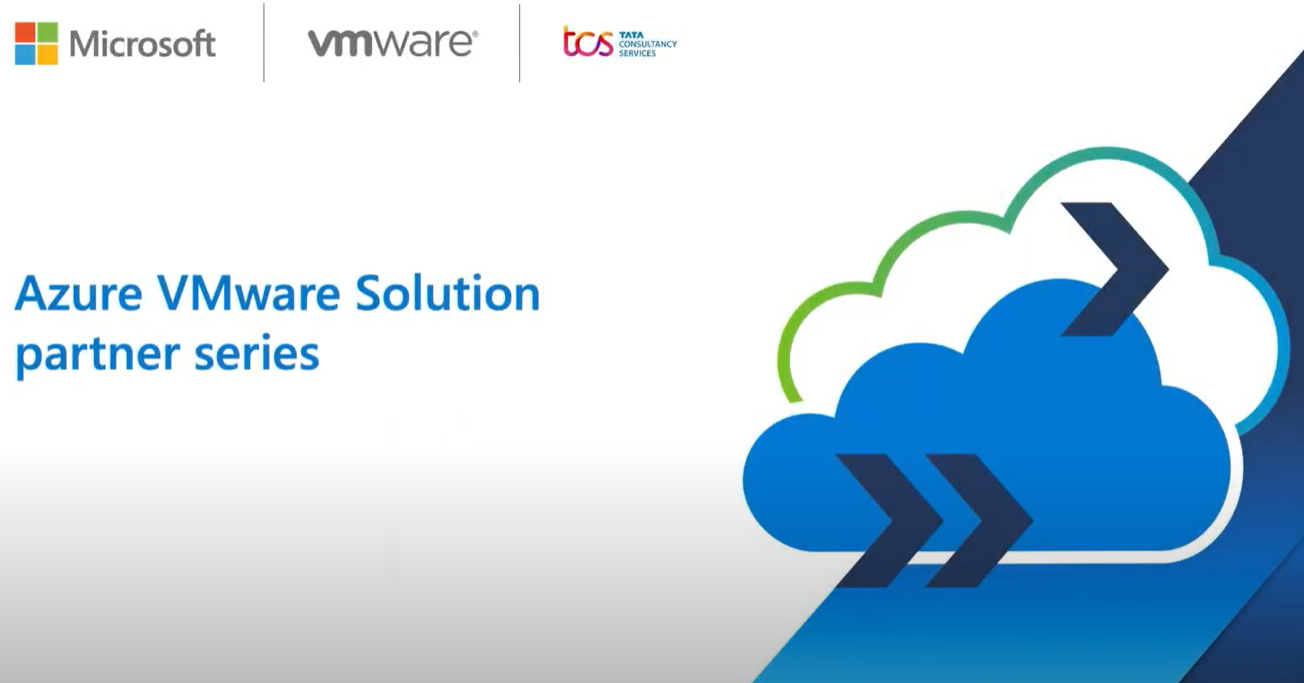Why it’s time to ditch the one-size-fits-all approach in a flexible office
The huge range of devices and services on offer is an opportunity to give teams exactly what they need


New styles of working and the sheer range of devices and services now available pose new challenges for IT decision makers. Where once it was all about the desktop PC and Microsoft Office, we now have a bewildering range of options to consider. Do you go for thin-and-light laptops, 2-in-1 convertibles or something else entirely? Do you opt for cloud-based, Software-as-a-Service (SaaS) applications or more traditional desktop packages? Do you provide email, communication and collaboration services from your own network, a third-party datacentre or the cloud?
Yet this level of choice also provides IT decision makers with an opportunity to empower their users, tailoring the IT provision to give each user or group of users the specific tools they need to handle tasks in the most effective manner. This strategic approach encourages flexibility and agility, while also enabling companies to trim their IT costs.
Getting the right mix of mobile devices and cloud services is crucial because it makes sure that the IT department is the most agile, responsive part of the business, and can get the right tools to users. Once the tools and the cloud are in place, there is a solid baseline to drive more complex projects and digitally transform.
The right devices for the right teams
With devices, it's time to ditch the one-size-fits-all approach. For some groups of users, mobility trumps all else; a tablet or convertible might be the best device, running custom apps designed specifically for core business tasks in a lightweight, easy-to-handle form factor.
What devices do you need for a flexible office? Top 10 reasons to consider flexible working
For others, there's a need to balance mobility - having something thin and light enough to handle easily when travelling, sitting in meetings and working from a client's office - with a need for serious productivity capabilities when it's time to build presentations or draft proposals.
But even in a flexible office, the desktop isn't dead. Software development, design, video, CAD, scientific and financial applications still thrive on the most powerful multi-core processors, GPUs and bigger screens. Yet with many enterprise software packages offering roaming profiles, there's no reason why some hot desks or work environments shouldn't be kitted out with desktop PCs, so that when the task demands a bigger screen or more performance, the hardware is there to support it.
Some teams can manage perfectly well with thin-client devices running web-based applications or running as a front-end for a virtual desktop infrastructure (VDI) provision. Others need more potent desktop hardware to run demanding native applications.
Get the ITPro daily newsletter
Sign up today and you will receive a free copy of our Future Focus 2025 report - the leading guidance on AI, cybersecurity and other IT challenges as per 700+ senior executives
A mix-and-match approach to software
The same applies to software and services. What's a necessity for one group of workers could be a sledgehammer/walnut scenario for others. Some teams within an enterprise will require a fully-featured premium or enterprise software package, while others will find all their needs met by cheaper and more basic web-based apps.
The beauty of a more strategic, mix-and-match approach to IT provisioning is that it's much easier to deploy devices and services on a per-user basis and avoid paying for capabilities or services that won't be fully used. What's more, you can decide on the exact mix of devices, software and services that each team needs; if one team needs SharePoint, Microsoft Teams and Yammer, and another Google or Salesforce alternatives, that's not a problem.
This approach ties in to the way IT as a whole is drifting. By taking an agile approach, everything can be turned on as a service and adapted according to different teams' needs.
Esther is a freelance media analyst, podcaster, and one-third of Media Voices. She has previously worked as a content marketing lead for Dennis Publishing and the Media Briefing. She writes frequently on topics such as subscriptions and tech developments for industry sites such as Digital Content Next and What’s New in Publishing. She is co-founder of the Publisher Podcast Awards and Publisher Podcast Summit; the first conference and awards dedicated to celebrating and elevating publisher podcasts.
-
 Should AI PCs be part of your next hardware refresh?
Should AI PCs be part of your next hardware refresh?AI PCs are fast becoming a business staple and a surefire way to future-proof your business
By Bobby Hellard
-
 Westcon-Comstor and Vectra AI launch brace of new channel initiatives
Westcon-Comstor and Vectra AI launch brace of new channel initiativesNews Westcon-Comstor and Vectra AI have announced the launch of two new channel growth initiatives focused on the managed security service provider (MSSP) space and AWS Marketplace.
By Daniel Todd
-
 The business value of Dell PowerFlex
The business value of Dell PowerFlexWhitepaper Minimize downtime and boost the productivity of IT staff with software-defined infrastructure
By ITPro
-
 Dell Technologies continuously modern storage
Dell Technologies continuously modern storageWhitepaper Maximize the value of your data
By ITPro
-
 Bring your storage from ground to cloud
Bring your storage from ground to cloudWhitepaper Dell APEX Storage for public cloud
By ITPro
-
 Three innovative technologies to address UPS challenges at the edge
Three innovative technologies to address UPS challenges at the edgeWhitepaper With increasing focus on edge computing comes added pressure for better uninterruptible power supply (UPS)
By ITPro
-
 Mapping the digital attack surface
Mapping the digital attack surfaceWhitepaper Why global organizations are struggling to manage cyber risk
By ITPro
-
 The ultimate guide to Netsuite integration
The ultimate guide to Netsuite integrationwhitepaper Download this eBook and get the most out of this powerful cloud-based suite of ERP software
By ITPro
-
 The ultimate guide to Salesforce integration
The ultimate guide to Salesforce integrationwhitepaper Quickly connect Salesforce to drive efficiencies and insights
By ITPro
-
 Azure VMWare Solution partner series
Azure VMWare Solution partner seriesWebinar How to unlock the value of Azure VMWare Solution for your organization
By ITPro